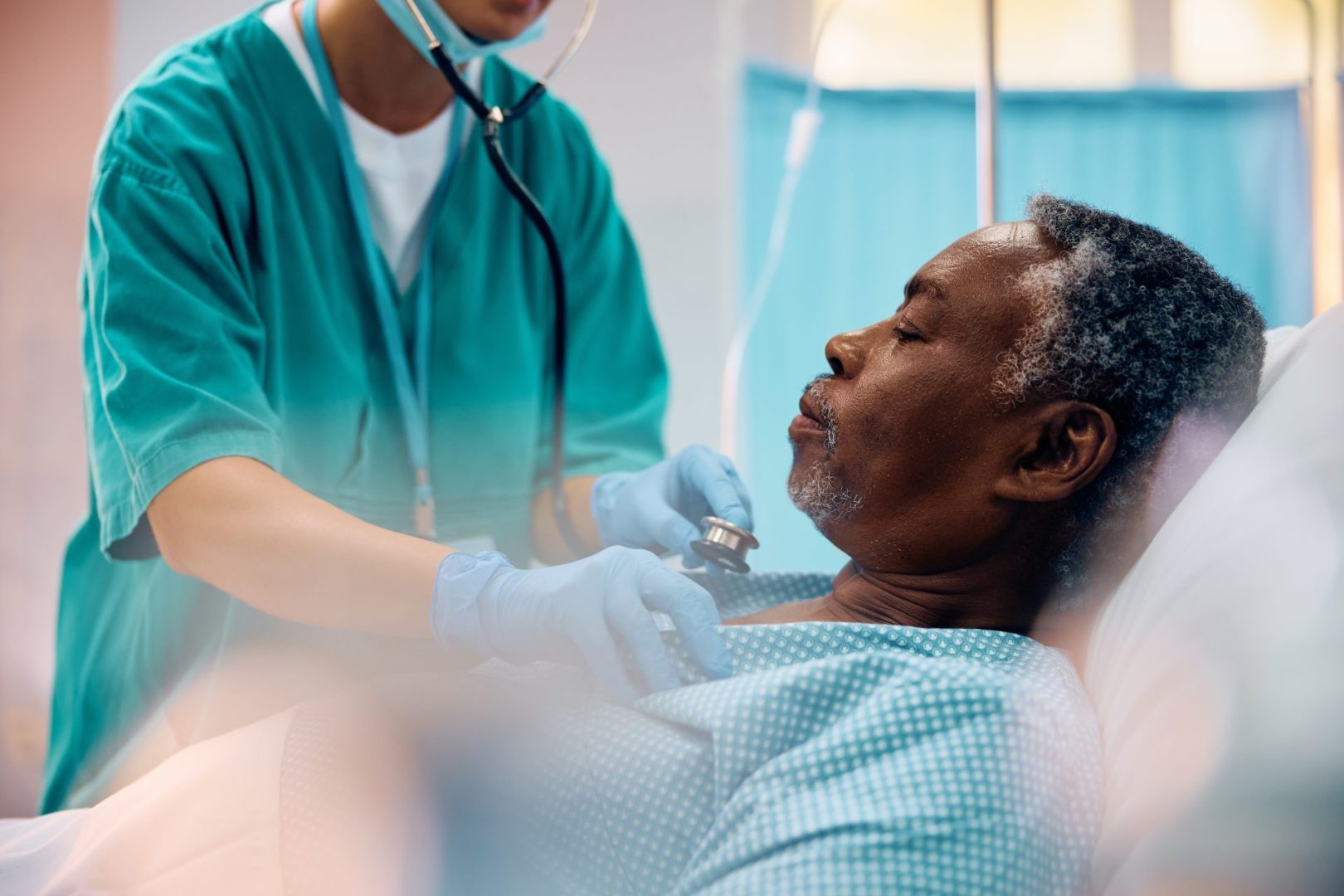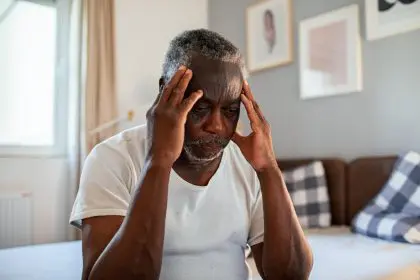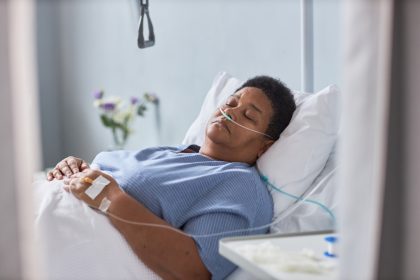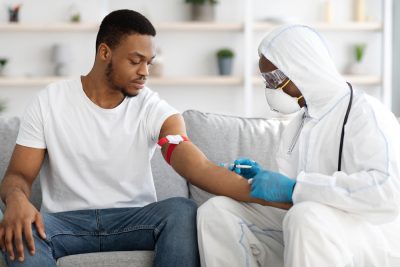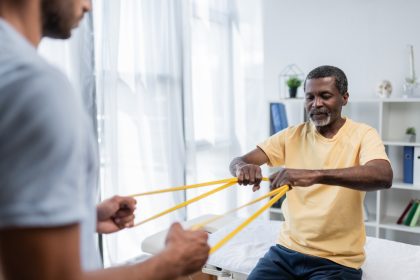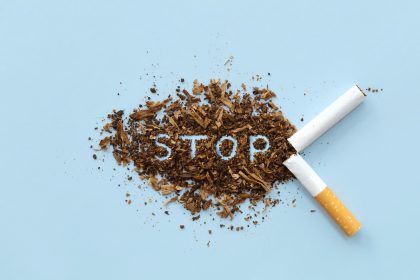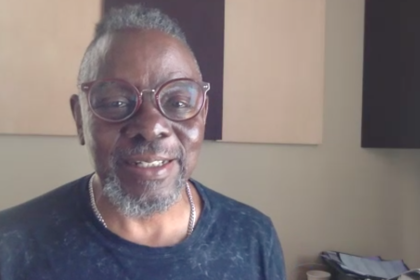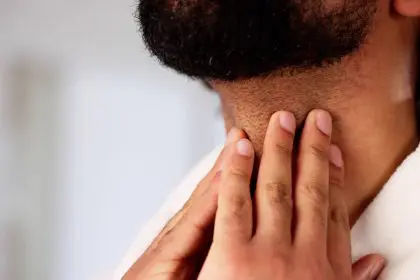Stroke recovery represents one of the most challenging yet hopeful journeys in medicine. While the brain damage from a stroke cannot be reversed, the remarkable ability of the human brain to rewire itself offers tremendous potential for recovery. Understanding how to optimize this healing process can significantly impact the speed and extent of functional improvement.
The recovery process varies dramatically between individuals, influenced by factors including the location and severity of the stroke, age, overall health, and the timing of intervention. However, emerging understanding of neuroplasticity—the brain’s ability to form new neural connections—reveals that recovery can continue for months or even years after the initial event.
The key to accelerating stroke recovery lies in understanding that the brain heals through use and repetition. The more a stroke survivor engages in targeted activities and exercises, the more opportunities the brain has to create new pathways around damaged areas. This process requires patience, consistency, and a comprehensive approach that addresses multiple aspects of recovery simultaneously.
1. Begin rehabilitation as early as possible
The timing of rehabilitation efforts plays a crucial role in recovery speed and outcomes. The brain’s capacity for healing and adaptation is highest in the immediate weeks and months following a stroke, making early intervention essential for maximizing recovery potential.
Starting rehabilitation activities within the first few days after a stroke, when medically stable, can significantly improve outcomes. This early intervention takes advantage of the brain’s heightened state of neuroplasticity immediately following injury, when new neural pathways form most readily.
Early rehabilitation doesn’t necessarily mean intensive therapy. Simple activities like sitting up in bed, moving unaffected limbs, and engaging in basic cognitive exercises can begin the recovery process. These initial steps help prevent complications while beginning to stimulate the brain’s healing mechanisms.
The benefits of early intervention extend beyond immediate recovery. Stroke survivors who begin rehabilitation promptly often experience faster progress throughout their recovery journey and achieve higher levels of functional independence compared to those who delay treatment.
2. Engage in repetitive, task-specific training
The brain learns through repetition, and stroke recovery follows this same principle. Engaging in repetitive practice of specific tasks helps the brain develop new neural pathways to compensate for damaged areas. This approach, known as task-specific training, focuses on practicing real-world activities rather than abstract exercises.
For motor recovery, this means repeatedly practicing movements that are needed for daily activities. If arm function is affected, repeatedly practicing reaching, grasping, and lifting objects helps retrain the brain to control these movements. The key is performing these activities hundreds or thousands of times to reinforce new neural connections.
Speech and language recovery also benefits from repetitive practice. Regularly practicing pronunciation, word retrieval, and sentence formation helps rebuild communication pathways in the brain. The repetition must be frequent and consistent to be effective.
The intensity of repetitive training matters significantly. Higher intensity practice, meaning more repetitions performed more frequently, generally leads to faster and more complete recovery. However, this must be balanced with adequate rest to prevent fatigue and burnout.
3. Prioritize physical exercise and movement
Physical activity serves multiple roles in stroke recovery, from improving cardiovascular health to stimulating brain healing. Regular exercise increases blood flow to the brain, delivers essential nutrients, and promotes the growth of new brain cells and connections.
Cardiovascular exercise, adapted to individual abilities, helps improve overall circulation and brain health. This might include walking, stationary cycling, or swimming, depending on physical capabilities. Even gentle activities like seated exercises can provide significant benefits.
Strength training helps rebuild muscle mass and function that may have been lost due to stroke-related weakness or inactivity. Progressive resistance exercises, starting with light weights or resistance bands, can help restore functional strength needed for daily activities.
Balance and coordination exercises are particularly important for stroke survivors, as these skills are often affected by brain injury. Activities like standing on one foot, walking in straight lines, or practicing weight shifts help retrain the brain’s balance control systems.
4. Optimize sleep quality and duration
Quality sleep plays a crucial role in brain healing and recovery. During sleep, the brain consolidates learning, clears toxins, and repairs damaged tissue. Stroke survivors who prioritize good sleep hygiene often experience faster recovery and better outcomes.
Sleep disturbances are common after stroke, but addressing these issues can significantly impact recovery speed. Creating a consistent sleep schedule, maintaining a comfortable sleep environment, and avoiding stimulants before bedtime can improve sleep quality.
The amount of sleep matters as much as quality. Most adults need seven to nine hours of sleep per night, and stroke survivors may need even more as their brains work harder to heal and adapt. Adequate sleep provides the brain with the time and energy needed for repair processes.
Daytime naps can be beneficial for stroke survivors, particularly in the early recovery period when fatigue is common. Short naps of 20-30 minutes can help restore energy without interfering with nighttime sleep patterns.
5. Maintain optimal nutrition for brain health
Proper nutrition provides the building blocks necessary for brain healing and recovery. A diet rich in nutrients that support brain health can accelerate recovery and improve outcomes for stroke survivors.
Omega-3 fatty acids, found in fish, walnuts, and flaxseeds, play crucial roles in brain health and healing. These healthy fats support the formation of new neural connections and reduce inflammation that can impede recovery.
Antioxidant-rich foods help protect the brain from further damage while supporting healing processes. Berries, leafy greens, and colorful vegetables provide vitamins and compounds that support brain health and recovery.
Adequate protein intake is essential for rebuilding damaged tissue and maintaining muscle mass. Lean meats, fish, eggs, beans, and dairy products provide the amino acids needed for tissue repair and recovery.
Hydration is often overlooked but crucial for brain function and recovery. Dehydration can impair cognitive function and slow recovery, making adequate fluid intake essential for optimal healing.
6. Engage in cognitive stimulation activities
Mental exercises and cognitive challenges help stimulate brain healing and promote the formation of new neural pathways. Regular cognitive stimulation can improve memory, attention, and problem-solving abilities affected by stroke.
Reading, puzzles, and brain games provide structured cognitive exercise that challenges different aspects of mental function. These activities should be appropriately challenging—difficult enough to stimulate growth but not so difficult as to cause frustration.
Learning new skills provides powerful cognitive stimulation while serving practical purposes. Whether learning to use adaptive equipment, practicing new communication strategies, or developing computer skills, new learning promotes brain plasticity.
Social interaction provides natural cognitive stimulation through conversation, shared activities, and emotional engagement. Regular social contact helps maintain cognitive function while providing emotional support crucial for recovery.
7. Practice stress management techniques
Chronic stress can significantly impair recovery by interfering with brain healing processes and overall health. Effective stress management techniques can accelerate recovery and improve quality of life during the healing process.
Relaxation techniques such as deep breathing, progressive muscle relaxation, and meditation can help manage stress and promote healing. These practices also help improve sleep quality and reduce anxiety common after stroke.
Mindfulness practices help stroke survivors stay present and focused rather than becoming overwhelmed by the challenges of recovery. Regular mindfulness practice can improve emotional regulation and reduce stress levels.
Maintaining perspective and realistic expectations helps prevent the stress that comes from unrealistic recovery goals. Understanding that recovery is a gradual process helps reduce anxiety and frustration that can impede progress.
8. Utilize technology and adaptive equipment
Modern technology offers numerous tools that can accelerate stroke recovery and improve outcomes. From apps that provide cognitive exercises to devices that assist with physical therapy, technology can enhance traditional rehabilitation approaches.
Virtual reality systems provide engaging ways to practice real-world activities in a safe, controlled environment. These systems can simulate activities like cooking, shopping, or driving, allowing stroke survivors to practice complex tasks repeatedly.
Robotic devices can assist with repetitive movement practice, particularly for arm and hand function. These devices provide the support needed to perform movements while gradually increasing the challenge as recovery progresses.
Computer-based cognitive training programs provide structured mental exercises that can be tailored to individual needs and abilities. These programs track progress and adjust difficulty levels to provide optimal challenge for brain stimulation.
9. Address emotional and psychological factors
Emotional health significantly impacts recovery speed and outcomes. Depression, anxiety, and adjustment difficulties are common after stroke and can slow recovery if not addressed properly.
Maintaining social connections and support networks provides emotional stability and motivation crucial for recovery. Family, friends, and support groups can provide encouragement and practical assistance during the recovery process.
Setting realistic, achievable goals helps maintain motivation and provides a sense of progress. Breaking large recovery goals into smaller, manageable steps makes the journey feel less overwhelming and more achievable.
Celebrating small victories and progress helps maintain positive momentum throughout the recovery process. Acknowledging improvements, no matter how small, helps sustain motivation for continued effort.
10. Coordinate comprehensive care
Recovery is fastest when all aspects of rehabilitation work together in a coordinated manner. This includes physical therapy, occupational therapy, speech therapy, and medical management all working toward common goals.
Regular communication between healthcare providers ensures that all aspects of recovery are being addressed and that treatments complement rather than conflict with each other. This coordination prevents gaps in care and maximizes the effectiveness of interventions.
Family involvement in the care team helps ensure that recovery strategies are reinforced outside of formal therapy sessions. Family members can provide encouragement, assist with exercises, and help maintain consistency in recovery efforts.
Regular assessment and adjustment of the recovery plan ensures that interventions remain appropriate as abilities and needs change. Recovery is not a linear process, and plans must be flexible enough to adapt to changing circumstances.
11. Maintain consistency in rehabilitation efforts
Consistency in rehabilitation efforts may be more important than intensity for long-term recovery. Regular, daily practice of recovery activities helps maintain momentum and promotes continuous brain healing.
Establishing daily routines that incorporate recovery activities helps ensure consistency even when motivation fluctuates. Having structured times for exercises, therapy activities, and self-care helps maintain progress.
Tracking progress through journals, apps, or other tools helps maintain motivation and provides objective evidence of improvement. Seeing documented progress can provide encouragement during difficult periods.
Building recovery activities into enjoyable daily routines helps maintain long-term compliance. When exercises and therapy activities become part of normal life rather than burdensome tasks, they’re more likely to be sustained.
12. Focus on functional, meaningful activities
Recovery is fastest when practice focuses on activities that are personally meaningful and functionally relevant. Rather than abstract exercises, practicing real-world activities provides motivation and directly improves daily function.
Identifying personal priorities and goals helps focus recovery efforts on what matters most to the individual. Whether the goal is returning to work, caring for family, or pursuing hobbies, recovery activities should align with these priorities.
Adapting meaningful activities to current abilities allows for continued engagement while building skills. If previous activities are no longer possible in their original form, modifications can allow continued participation and progress.
Progressive increase in activity complexity helps bridge the gap between current abilities and desired goals. Starting with simplified versions of meaningful activities and gradually increasing complexity provides a clear path forward.
Maximizing recovery potential
Stroke recovery is a complex process that benefits from a comprehensive, individualized approach. While the strategies outlined here can accelerate recovery, the most effective approach combines multiple interventions tailored to individual needs and circumstances.
The journey of stroke recovery requires patience, persistence, and hope. While progress may seem slow at times, the brain’s remarkable ability to heal and adapt means that improvement is possible for months and years after the initial event.
Success in stroke recovery often depends as much on attitude and approach as on specific interventions. Maintaining hope, staying engaged in the recovery process, and celebrating progress along the way can significantly impact outcomes and quality of life during the healing journey.

